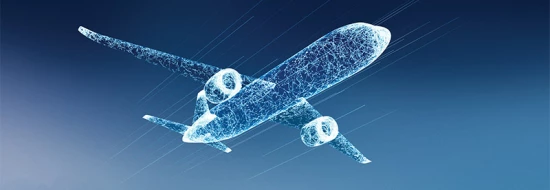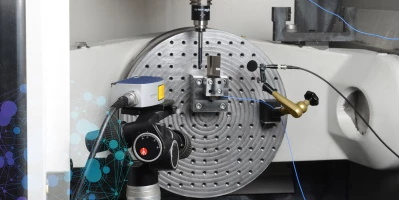innovation
MTU and Bauhaus Luftfahrt: Simulations and future propulsion concepts
In collaboration with Bauhaus Luftfahrt, MTU is developing configurations for new low-emission engines. A current example: the water-enhanced turbofan, or WET for short.
09.2022 | author: Monika Weiner | 6 mins reading time
author:
Monika Weiner
has been working as a science journalist since 1985. A geology graduate, she is especially interested in new developments in research and technology, and in their impact on society.
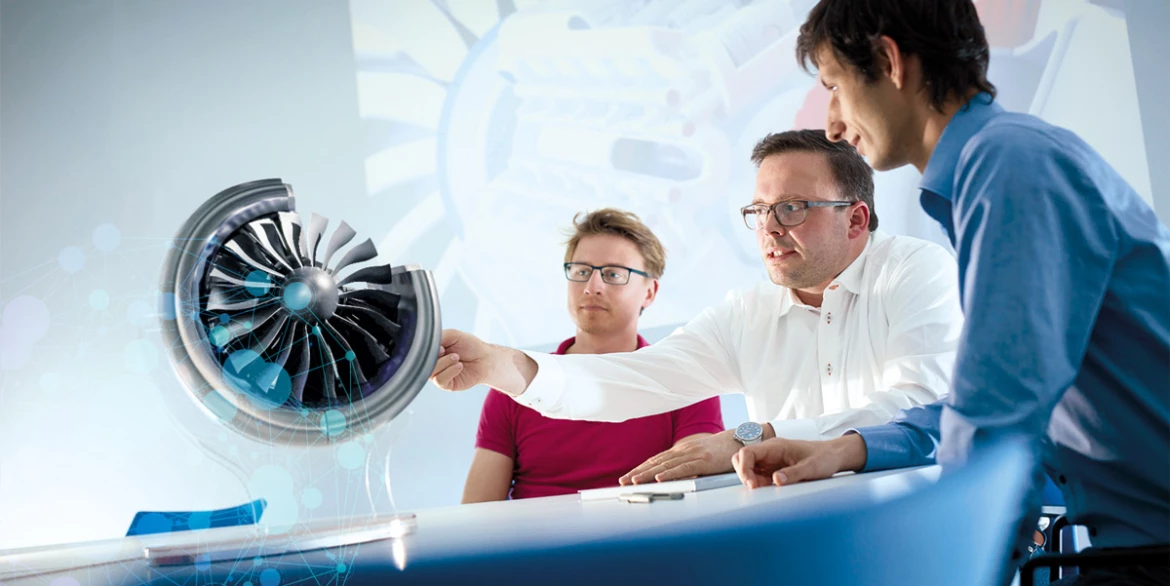

Bauhaus Luftfahrt:
Bauhaus Luftfahrt was founded as a registered association in 2005. It is a nonprofit research institution and derives its name from the original Bauhaus in Dessau. Its members are four renowned aviation companies—Airbus, IABG, Liebherr-Aerospace and MTU Aero Engines—as well as the Bavarian State Ministry of Economic Affairs, Regional Development and Energy. The German Aerospace Center (DLR) was added as a funding member in 2020.
Bauhaus Luftfahrt focusses on major societal and ecological challenges of our time and identify long-term options for a sustainable and climate-neutral air transport. Like a radar, it identifies relevant and innovative topics at an early stage. With a high level of creativity, the researchers provide radical and disruptive ideas with a fore-sight and trendsetting function for the entire aviation ecosystem. Initial integrated potential analyses can be carried out as well as quick assessments in different evaluation dimensions (technical, economic, and ecological). This flexibility and interdisciplinarity creates an overall system understanding and a combination capability that is unparalleled in the national and international aviation industry.
What will tomorrow’s aircraft look like? Engineers from MTU Aero Engines and the aviation think tank Bauhaus Luftfahrt have been working hard in small online teams to come up with technology and design proposals. They have had full conceptual freedom to explore where their ideas might take them. Now, they have all gathered in the same conference room at the Ludwig Bölkow Campus in Taufkirchen near Munich and the first of nine concepts is being projected onto the wall.
Today is all about tomorrow’s propulsion concepts. The evolutionary development of the gas turbine will not be enough to meet the Paris Agreement’s ambitious target of limiting global warming to, ideally, an increase of 1.5 degrees Celsius compared to preindustrial levels. What is needed are revolutionary propulsion concepts. One such concept is the water-enhanced turbofan, or WET for short. This is expected to mark a massive reduction in all factors that have a negative impact on the climate: CO2, nitrogen oxides and contrails. Compared to today’s aircraft engines, the gas-turbine-based WET technology would also be significantly more efficient because it harnesses residual heat from the engine’s exhaust gas stream.
But what would this kind of turbofan have to look like? And how would it be integrated into an aircraft? Should it be installed on the underside of the wings like a conventional engine? Or will it have to be integrated very differently and thus change the design of the entire aircraft? “The WET concept is a revolutionary idea that is still in the early stages of development, which is precisely the right time to ask these questions,” says Fabian Donus, Innovation manager at MTU. “Our collaboration with Bauhaus Luftfahrt helps us find answers to these questions: the team there has the skill required to integrate our engine designs into the overall aircraft model. This is the only way to identify the optimum design.”

Water-Enhanced Turbofan: Utilizing residual heat from its exhaust gas, the WET concept uses a steam generator to vaporize water, which is then injected into the combustor. The water for this is extracted from the exhaust gas by means of a condenser and then separated.
Programs that see what does not yet exist
Labs, measurement devices and test facilities are nowhere to be found at Bauhaus Luftfahrt in Taufkirchen near Munich. Instead, employees at the Ludwig Bölkow Campus work in offices, doing most of their research on a PC. “We use programs that let us simulate things like aerodynamic behavior and determine key design parameters such as resistance, weight and efficiency—long before an aircraft is built. This is also how we calculate the WET concept’s energy requirements, fuel consumption and climate impact,” explains Dr. Jochen Kaiser, Head of Visionary Aircraft Concepts at Bauhaus Luftfahrt. “Changing the design of an aircraft and its engine can either enhance or worsen these KPIs. That’s why it’s so important that early on in development we simulate whether a concept has what it takes to save energy and reduce climate impact.”
The Bauhaus engineers specialize in this kind of simulation, having spent many years building up the necessary skills and methods for creating a conceptual aircraft design. They make it possible to evaluate how new propulsion concepts will affect the aircraft’s overall design. Ultimately, this also provides early insights into the performance and improved environmental impact of future commercial aircraft.
“The appeal of the simulations is that we can try out anything we like. Since it’s all virtual, we can visualize and evaluate the various options. That’s a massive help when making a decision.”
Lead Water-Enhanced Turbofan at MTU
The experts at Bauhaus have calculated the performance data for all of the engine-aircraft configurations being considered for WET. “The appeal of the simulations is that we can try out anything we like. Since it’s all virtual, we can visualize and evaluate the various options. That’s a massive help when making a decision,” says Dr. Sascha Kaiser, Lead Water-Enhanced Turbofan at MTU. The winning design features engine nacelles, which—as is customary—can be installed on the underside of the wings. This solution offers several advantages: it requires only slight modifications to the aircraft, it means the engine is easily accessible and it is compatible with existing airport infrastructure.
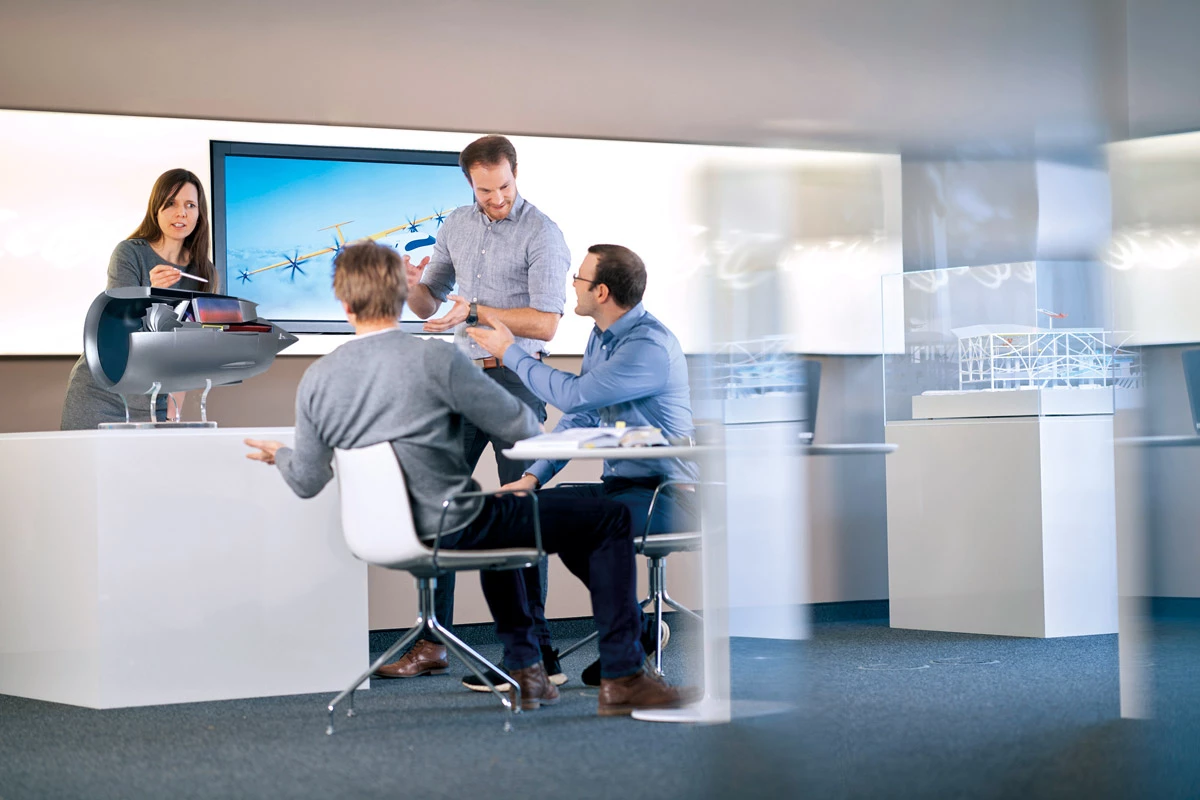
Specialists in such simulations: Bauhaus Luftfahrt is a nonprofit research institution. Its members are Airbus, IABG, Liebherr-Aerospace, MTU Aero Engines, as well as the Bavarian State Ministry of Economic Affairs, Regional Development and Energy and since 2020 also the German Aerospace Center (DLR).
“Founded by a group of different players in the industry—manufacturers of engines, aircraft and aircraft systems as well as the state of Bavaria—the think tank works closely with airport operators and fuel developers. This means that the team there has an impressively wide range of interdisciplinary contacts and comprehensive skills for evaluating the new aviation and propulsion concepts this network generates.”
Technology Collaboration Representative at MTU
- DLR and MTU: Joint research for zero-emission aviation
- MTU and universities: Cutting-edge research for future technologies
- MTU and Bauhaus Luftfahrt: Simulations and future propulsion concepts
- MTU and Fraunhofer: Research partners for Industry 4.0
Support from the multidisciplinary think tank
MTU and Bauhaus Luftfahrt’s collaboration on the WET concept is just one of their joint projects. “The think tank is a prime example of multidisciplinary collaboration,” says Dr. Arne Weckend, Technology Collaboration Representative at MTU. “Founded by a group of different players in the industry—manufacturers of engines, aircraft and aircraft systems as well as the state of Bavaria—the think tank works closely with airport operators and fuel developers. This means that the team there has an impressively wide range of interdisciplinary contacts and comprehensive skills for evaluating the new aviation and propulsion concepts this network generates.”
Bauhaus expertise has also helped shape MTU’s Claire technology agenda: Bauhaus experts were at the table back in 2007, when the first version of Claire—which stands for Clean Air Engine—was drafted. In addition to reducing noise levels and exhaust emissions that are harmful to people’s health, the focus was on the fuel consumption of the various engine concepts. Bauhaus was also involved in this year’s update—emissions-free flight is now a Claire goal.
Simulations for emissions-free aviation
But will this actually happen? Together, the partners have come up with a number of ways to dramatically reduce aviation’s climate impact in the future, and developing the WET technology is one of them. However, the first product isn’t expected to be available until around 2035. First, its potential will have to be proved and its feasibility verified.
In the short term, extensive use of sustainable aviation fuels (SAF) will help reduce emissions; these green fuels can already be added to standard kerosene. SAF can also be used to power the water-enhanced turbofan. In the near future, all aircraft are to run on 100 percent SAF—double the maximum proportion that is currently approved. “The simulations produced at Bauhaus Luftfahrt show that using 100 percent SAF would very likely prove relatively straightforward, requiring only minimal modifications to engines and aircraft,” Donus explains. “What’s more, existing airport infrastructure could probably remain in place.”
In the long term, another concept will also be launched: the flying fuel cell, or FFC for short. Developed by MTU, the FFC converts liquid hydrogen into electricity, which a highly efficient electric motor then uses to drive the propellor. This has the benefit of emitting zero CO2, nitrogen oxides or soot particles. Since its only emission is water, the FFC is virtually emissions-free. Using hydrogen as a fuel, however, calls for new aircraft designs; hydrogen tanks are much larger than kerosene tanks and must have additional insulation. In commercial aviation, minimizing the volume of hydrogen on board means it must be used in its liquid form—at minus 253 degrees Celsius. In addition to working on a variety of design proposals, the Bauhaus team is currently evaluating how the production, transport and distribution of hydrogen affects the environment and the cost.
“Each approach has its pros and cons and will have to be judged on its own merits,” Kaiser says. “Our simulations ought to help the decision-making process by revealing the extent to which the various technologies can reduce emissions in aviation and in what timeframe.” Dryly, he adds that not even Bauhaus Luftfahrt can predict that on the spot. “Our goal is to provide the aviation industry with realistic assessments of its technology options for the coming decades. This will indicate ways of making emissions-free flight a reality.”
The research areas of Bauhaus Luftfahrt

Technology Radar:
The early detection of disruptive technologies and their ultimate physical performance capability is the key to long-term, sustainable innovations in aviation. The Technology Radar of Bauhaus Luftfahrt acts as an antenna for step-change technological advancements and radically new developments in the domains of energy, materials, photonics, sensors, and information. In order to quantitatively analyse and assess future technologies, a specially developed methodology based on scientific principles is used. As guidance to the future development of sound overall concepts, performance potentials are determined in the aeronautical context at various levels of complexity.

Trend Monitor:
The air transport environment constantly changes, facing many challenges, uncertainties, and opportunities. Within the scope of the Bauhaus Luftfahrt Trend Monitor, manifold social, technological, economic, environmental, and political developments are captured, analysed, and evaluated in terms of implications for various stakeholders in aviation as part of an overall mobility system. Enabling an early and comprehensive detection mechanism and the consecutive assessment provides insights for the aviation community and beyond regarding emerging and long-term developments, including the future of passenger travel, potential business applications, partnerships, or strategic consequences.

Transition to Climate Neutrality:
The research area “Transition to Climate Neutrality” focusses on the following research questions: Which pathways can lead aviation to CO2 neutrality by 2050? Which emission mitigation options show the best performance in terms of reduction potential, costs, and entry into service? How can synergies between different mitigation options be maximised? And finally, how do changing ticket prices and an increasing environmental awareness among passengers affect the future demand trends in air travel? In light of such complex dynamics, scenario simulations are among the preferred methods to better understand the underlying mechanisms and to clearly show implications of different scenario outcomes.
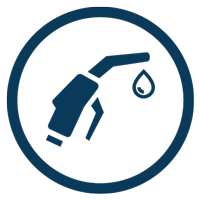
Future Aviation Fuels:
The research area “Future Aviation Fuels” addresses the following key questions: What quantities of renewable fuel can be produced in the future? Which technical production pathways are available for a long-term supply of renewable fuels? How do these pathways perform with respect to technical, environmental, and socioeconomic criteria? And what are suitable measures to introduce the required volumes of sustainable jet fuel into the market? Fuel options with promising long-term potentials like advanced biofuels from residues and waste streams or synthetic fuels from solar and wind energy represent important research topics in this context.
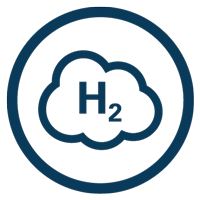
Hydrogen Aviation:
A holistic assessment of hydrogen as an aviation fuel is a central aim of Bauhaus Luftfahrt’s research activities. In this context, production processes and logistic chains are analysed in order to gauge their scalability and their ecological and economic performance. These assessments extend to the required hydrogen-handling infrastructure and related adaptions of airport procedures. Further, key enabling component technologies for hydrogen-powered energy and propulsion systems are conceptually investigated. Aircraft-integrated analysis sheds light on synergies. All learnings contribute to a refined understanding of the potential role of hydrogen with regard to aviation’s long-term target of climate neutrality.

New Long Range:
For long-range air transport, there is no suitable substitution potential by other transport modes. This market segment’s development is in line with the growth of global air traffic and thereby contributes to a significant amount of the aviation climate impact. To address the unique set of challenges, opportunities and solutions comprehensively, the principle aspects of market- and technology-based impacts and solutions necessitate dedicated analyses and are therefore combined in this research area. In this context, Bauhaus Luftfahrt focusses its investigations on market structures, business opportunities and technology improvements as well as the aircraft concept synthesis specific to the long-range segment.
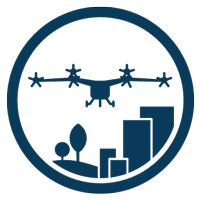
Urban & Regional (Air) Mobility:
A new generation of fully electric-powered air vehicles enables completely new air mobility systems, which provide an additional option for urban and regional short-range transport. To fully understand the potential of such air solutions, the required ecosystem of stakeholders like users, vehicle manufacturers, vertiport and vehicle operators, authorities, governments, and societies have to be holistically considered, and the complementation benefits for existing transport systems have to be analysed. To what extent conventional aviation can benefit from these developments in the area of technologies, processes at the vertiports, flight management, regulations, certification, market actors, and business models is subject of our ongoing research.
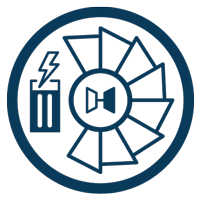
Novel Propulsion Concepts:
Advanced propulsion systems have become a key driver in overall aircraft design integration. This research area is dedicated to the development and initial evaluation of ultra-efficient and potentially disruptive concepts for future sustainable aero propulsion systems. Therefore, technological developments with high relevance to propulsion systems are constantly monitored and advanced alternative propulsion and power system configurations are conceived with a high level of technical creativity. Based on rigorous initial concept assessments, methodological demands for propulsion system predesign and performance synthesis are identified and recommendations for further research and development are formulated.

(Hybrid-)Electric Aviation:
The prospect of utilising significant amounts of electric energy for aircraft propulsion has opened up a novel design space for improved vehicular efficiency. Evaluating this potential requires the consideration of key technological advances and hurdles, infrastructural demands as well as the material availability and life-cycle emissions of electrochemical energy storage devices. Furthermore, studying new market opportunities and developing technical concepts to meet the key challenges of (hybrid-)electric energy and propulsions systems – such as electric waste heat management – contribute to a holistic understanding of the future role of (hybrid-)electric aviation.







